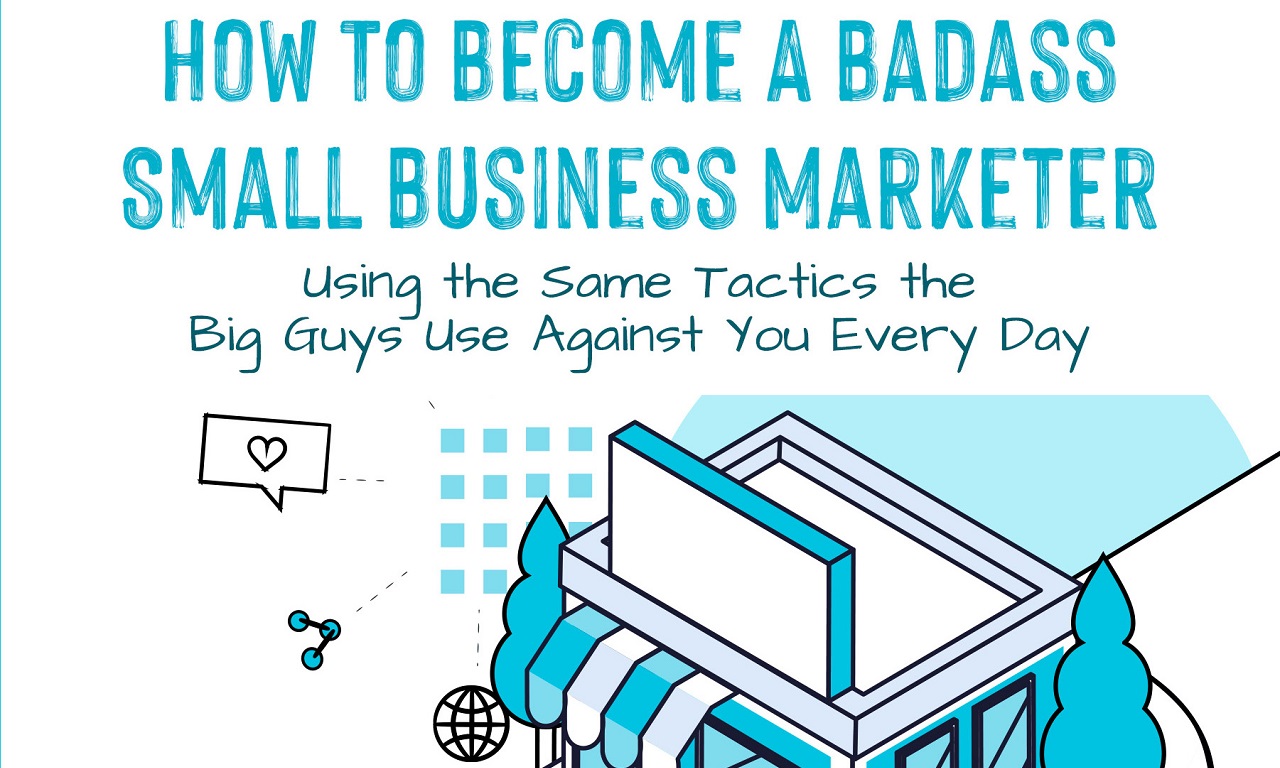Best Strategies for Marketing Against Competitors With Heavy Media Spend
We’ve all got a competitor who’s been around longer, spends more than us, has much greater scale than us, or has some other advantage that can make marketing against competitors like that feel daunting.
But there is actually a way to use their strength against them.
We often get asked about what to do when competitors have a large existing media presence. Most often, it’s a scenario where a competitor runs heavy on television and/or direct mail. This installment of our Local Marketing blog explores possible solutions.
Heavy Media Spend Draws People Into the Buying Cycle
All advertising works. Don’t get me wrong, I’m not saying “works well,” I’m just saying “works.” Said another way, it always generates some type of result.
Competitors who spend heavily, no matter whether on television, in direct mail, on-line, or any combination of methods are drawing people into the buying cycle. They’re doing a lot of the heavy lifting creating demand in the hopes that they’ll be the primary beneficiary.
You can use the interest that competitor is creating to your own benefit. How?
Intercept the Prospects Your Competitor Engaged
Even if your competitor is giving out a phone number or website, between 1/3 and 2/3 of all the people who engage the advertising enough to respond don’t use that phone number or website. They simply use Google (or Bing) to initiate engagement.
That’s your opportunity to intercept them.
Today’s digital targeting capabilities allow you to intercept people looking for your competitor in several key ways. So here are 5 ways to engage in marketing against competitors:
Search Engine Marketing (SEM)
When consumers go to Google and type the name of your competitor, that’s your opportunity to inject your ad. There are specific best practices to follow when marketing against competitors with search engine marketing (SEM). We can help you with that.
Content Optimized for Organic Search of Your Competitor (SEO)
We recommend building a page on your site that is search optimized around the name of your competitor, as well as any variants people commonly use in search. Again, we can help you market against competitors with this tactic. It can be tricky to rank on your competitors’ names, but it’s totally reasonable to accomplish.
Display Advertising Based on Search Re-Targeting
Consumers only click on the paid ads in search results about 10% of the time. That means the other 90% aren’t intercepted with SEM. But you can still talk to them.
By using search re-targeting, you can direct digital display advertising toward anyone who has searched for your competitors. As they continue through other apps and websites, they see your ads.
We do this successfully for many clients as part of marketing against competitors, and we’re happy to schedule a free initial marketing consultation to tell you more.
Display Advertising Based on Geo-Fencing
If consumers don’t usually buy on the first visit, geo-fencing can be a great way to target shoppers at your competitors and stealthily begin advertising to them with your value-proposition. It’s also a great time to make a specific offer if you feel you have an advantage over that competitor.
Geo-fencing allows you to draw an imaginary box around your competitors on a map. Then when consumers’ cell phones visit those locations they are added to your targeting. And ads begin showing up on those phones as they use apps and websites with advertising appearing in them.
We do this successfully for many clients as part of marketing against competitors, and we’re happy to schedule a free initial marketing consultation to tell you more.
Gather Intelligence on Who Is Visiting Your Competitors’ Websites
Today’s tracking technology allows us to identify people who have visited your competitors’ websites and place them in a targeting for outbound marketing like digital display advertising, outbound e-mail marketing, or even direct mail.
This is one of the hottest ways to market against competitors. It’s extremely stealthy (no one knows you’re doing it) and most people don’t realize it can be done. Your competitor can’t stop you, either.
We do this successfully for many clients as part of marketing against competitors, and we’re happy to schedule a free initial marketing consultation to tell you more.
Turn Your Competitor’s Strength Into Your Own Advantage
By targeting the same prospects your competitor is creating with its heavy advertising spend and messaging your unique advantage over that competitor to them, you can turn that competitor’s strength into your strength.
Greater ROI can be achieved by letting your competitor do the heavy lifting of engaging consumers to create demand for your product or service and then intercept them in the buying cycle. You’ll tend to spend less per active lead, which means you can make a greater return on your marketing investment.
Marketing against competitors can be an important part of your marketing strategy. As you consider the customer journey for your product or service, it makes a lot of sense for longer buying cycles and situations where consumers tend to shop multiple options.






